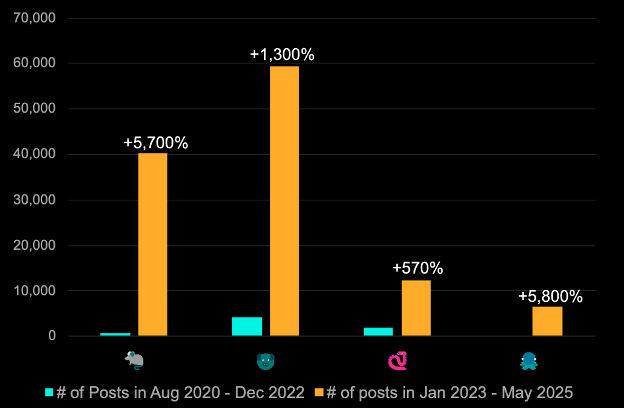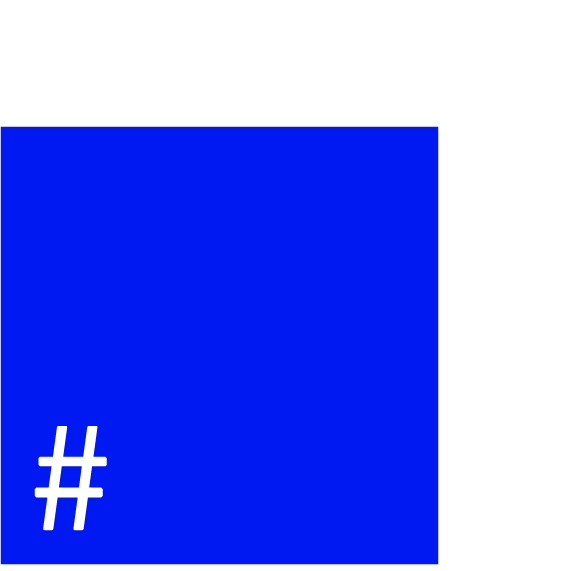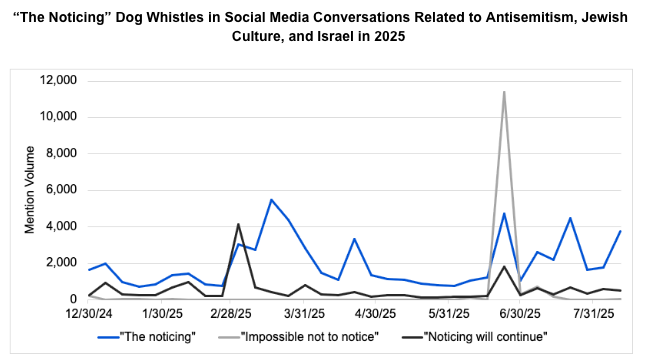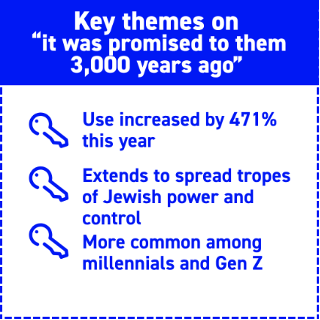This week, former soccer player and BBC pundit Gary Lineker faced intense backlash after sharing an anti-Zionist video that featured a rat emoji 🐀—a symbol notoriously used in Nazi-era antisemitic propaganda and still associated with antisemitic messaging today. The post was widely condemned on social media, with critics accusing Lineker of amplifying dehumanizing tropes.
Among those speaking out was X user Josh Howie, who wrote, “Jews have been calling out Gary Lineker for a long time now. And all the while the @BBC did nothing. Now he’s comparing us to rats. It’s almost as if after thousands of years of this sh*t we know what Jew-hate looks like.” The BBC came under pressure to respond, with many calling for disciplinary action. Lineker later issued an apology, stating that he had not recognized the symbol’s antisemitic connotations and adding, “I would never knowingly share anything antisemitic. It goes against everything I believe in.”
From Rats to Octopuses: How Animal Emojis Spread Hate
The use of animals to dehumanize Jews is a longstanding element of antisemitic rhetoric, most notoriously exploited in Nazi propaganda. While the Lineker incident attracted considerable attention, it is far from an isolated case. Our data shows a sharp rise since 2023 in the use of animal emojis on social media—specifically those historically used in antisemitic portrayals.
We focused on four animals: 🐀 (rat), 🐷 (pig, which has multiple emojis), 🐍 (snake), and 🐙 (octopus). By analyzing how often these emojis appeared near terms such as “Jews,” “Zionists,” and “Israelis”—while filtering out non-hateful usage—we found increases of 5,700%, 1,300%, 570%, and 5,800% respectively. Of these, the pig emoji was most frequently used, appearing in over 69,000 posts. Though the octopus emoji had the fastest rate of growth, it was used the least overall, with more than 6,000 instances identified during the same period.
Increase in Use of Animal Emojis in Antisemitic Social Media Posts

These trends draw from a long history of dehumanizing imagery used to vilify Jews. During the Nazi era, animal metaphors played a central role in propaganda. Rats were the most pervasive symbol, featured prominently in the 1940 film Der Ewige Jude, in which Jews were portrayed as vermin spreading disease through civilized society. Pigs were used to insult Jewish religious practices, snakes to evoke deceit and conspiracy, and octopuses to depict global control—often illustrated with tentacles wrapped around the globe or major institutions.
Today, these same tropes have been adapted to the digital age, reemerging in the form of emojis, memes, and coded language across mainstream and fringe platforms. On mainstream social platforms users embed these emojis into posts referencing Jews, Zionists, or Israelis to spread hate while avoiding content moderation. This subtle visual language allows antisemitic ideas to circulate widely while evading detection.

The result is a modernized version of age-old bigotry—streamlined for virality and harder to moderate, yet no less harmful in its intent or impact. Understanding the historical origins of these symbols is essential to confronting their modern use. As antisemitic rhetoric becomes increasingly visual and algorithmically evasive, recognizing these patterns is a critical step in preventing the normalization of hate in digital spaces.





